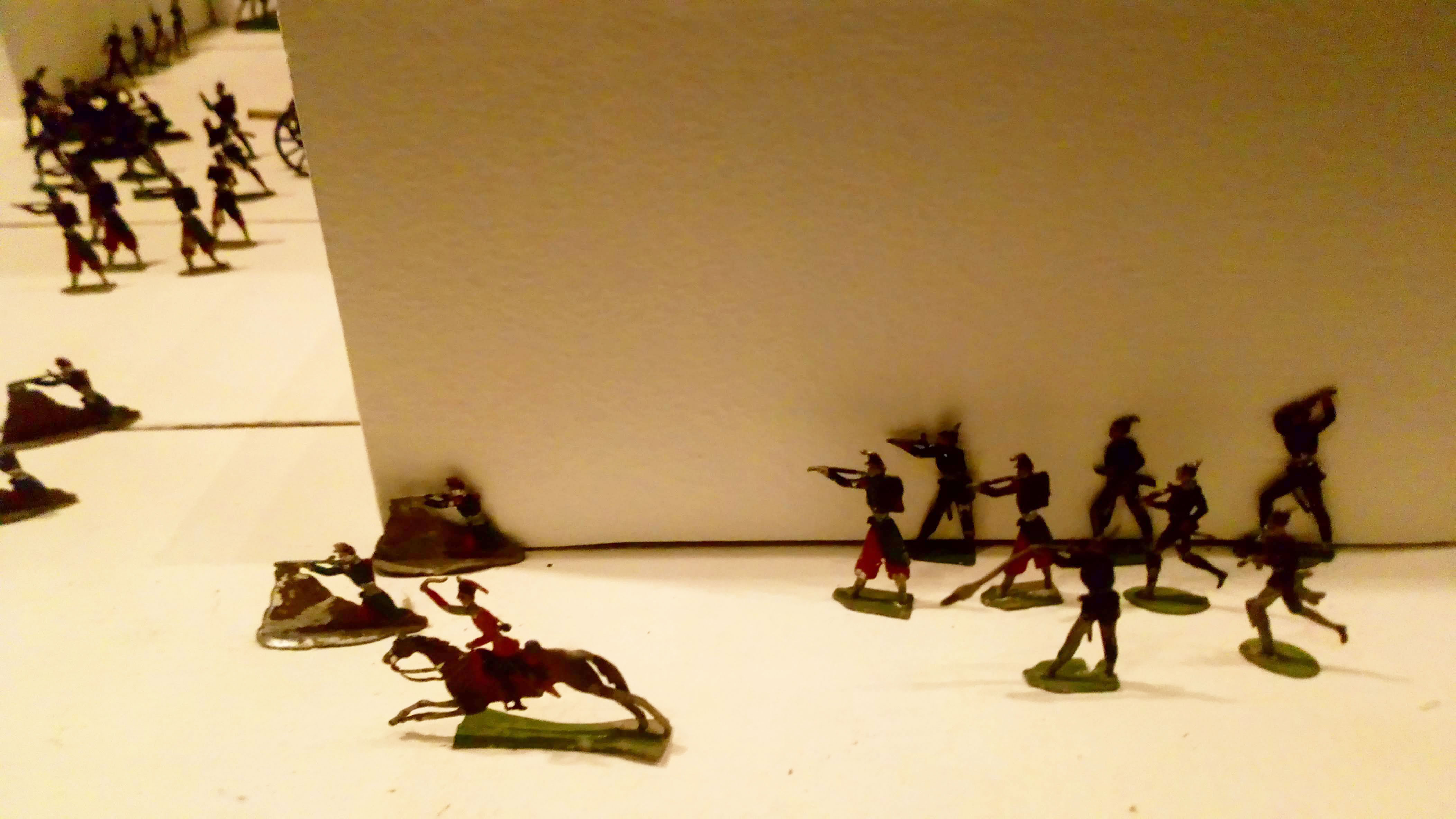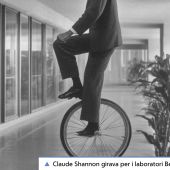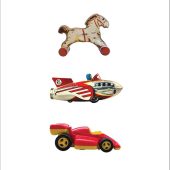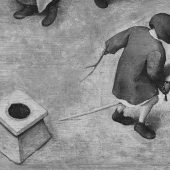excerpt from Gameworlds (pp.6-8) on Cohen and MacKeith’s ‘paracosms’ and imaginative play:
Such worlds open up as virtual environments for play beyond the page, along with television, comic and film stories and characters, as resources for play in the playground, the park or the bedroom. They are to be lived in and played out beyond the act of reading or being read to – a stage and a dramatis personae ready for toys and dolls, Lego bricks and everyday objects, more or less faithfully replicated, hybridized with other storyworlds from media and literature or of the child’s own construction. An example of this forms a central case study for this book, though it is a replication of the world of a computer game rather than a book or film.
It seems clear that the poeitic flow is not one-way as many writers, producers and game designers reflect on their own childhood world-building as a source for their adult work. Fragments in poems and diaries document Emily and Anne Brontë’s elaborate and sustained game/worlds of Gondal, Angria and Glass Town (the wellspring for the daydream mentioned earlier), whilst Satoshi Tajiri – the creator of Pokémon – cites his childhood fascination with collecting insects as his inspiration. As an adult, H.G. Wells revisited playful worlds by devising thorough rules for an intricate simulation of war with tin soldiers, set out in Little Wars.
Gondal and Angria is a classic example of what David Cohen and Stephen MacKeith call paracosms, ‘spontaneously created imaginary private worlds, which for a considerable period recur in the child or young person, and therefore tend to become elaborate and systematised’ (Cohen and MacKeith 1991, 109). These worlds – sometimes constructed from toys and blocks, sometimes as much talked into existence by friends or siblings or told as bedtime stories –are related to literary fantasy worlds, they suggest, but in play it is the world itself that fascinates, not its character or plot. A paracosm could be logical, governed by rules and constitutions, bedecked with flags and coats of arms and provided with a political history. Or, it could be infused with the spontaneous surrealism of children’s play, where toys are animated and objects transformed. For example, the three cities of Petsland – the creation of a seven- year-old girl and her ten-year-old brother – were organized according to the size of the toys that lived there. Petsville was home to larger toys, Juville for medium-sized and Hamville for the smallest.
Petsland and its activities provided an inexhaustible source of interest for the children. It lifted the restrictions of the ‘real’ world. ‘We were “in charge” of Petsland and could manipulate its destiny.’ They had to care for twenty or thirty ‘real entities (real to us, that is), that we could devote ourselves to’. (Cohen and MacKeith 1991, 25)
So, for all their marvelousness, these cities and lands had their own reality. On the one hand, the worlds and their denizens had a real presence within the children’s lives, shaping their time, relationships and behaviour. On the other, events within them often had to correspond to a certain level of fantastic plausibility. For instance, the creators of Possumbul World, Dan and Peter, were monarchs, not gods:
They could perform no miracles: Plausibility was all. Dan recalls a well-meaning adult moving some toy to what you thought was a ‘better’ place without appreciating that such a change in location could not be effected by hand stretched out from heaven. Moving a toy would call for a crane, a lorry, and some personnel. Similarly the boys were embarrassed by the gift of a mounted toy soldier painted a uniform gold – until they hit upon the expedient of erecting it as a city statue! Realism was all. (Cohen and MacKeith 1991, 373–374)
The ‘as if-ness’ or ‘sort of ’ reality of play is a theme throughout this book. Games and play generate their own versions of reality within the everyday, and players recognize (and play with) these rule-bound artifices. The rules of Bearland, for example, written up by two brothers along with its complex history and legends, scale maps and documents state (in ‘paragraph 0:11’) that ‘there is no blaming things on the Bears, they are only alive to a certain extent’ (Cohen and MacKeith 1991, 62).
Cohen and MacKeith’s definition of paracosm is to some extent an artefact of both their research method and the nature of children’s imaginative play itself. Asking adults to recall their childhood worlds will largely return the more sustained world-building events, those archived in maps and documents or simply persistent enough over time to lodge in the memory. Looking back from the viewpoint of adulthood the traces and products of play are visible, but the moments and activities of world construction – their being played into existence – are less accessible. These accounts of paracosms are memories, fixed and retold decades later. They may hint at the processes of play, but do not capture its dynamism, the deployment of toys and drawings in the generation of worlds in the distinct temporality of play. Like dreams, most play events are vivid and all-encompassing in their time, but immediately forgotten. Moreover, if children are preoccupied with play they are nearly always left to it by adults. School performances and competitive sport may be watched and photographed, but in their play with toys, words and worlds, children are generally left to it.
Most of the main examples in this book have something of the worldness of the paracosm but are more fleeting and ad hoc, without constitutions or written records but still compelling and engrossing for the players in the moments of their existence, transformative of everyday objects, media sources, bodies and environments. In fact, they may be repeatedly remade, sometimes in different contexts and with different media, and often media sources provide a connecting thread, stitched through successive playtimes, reminding, seeding and mutating.




